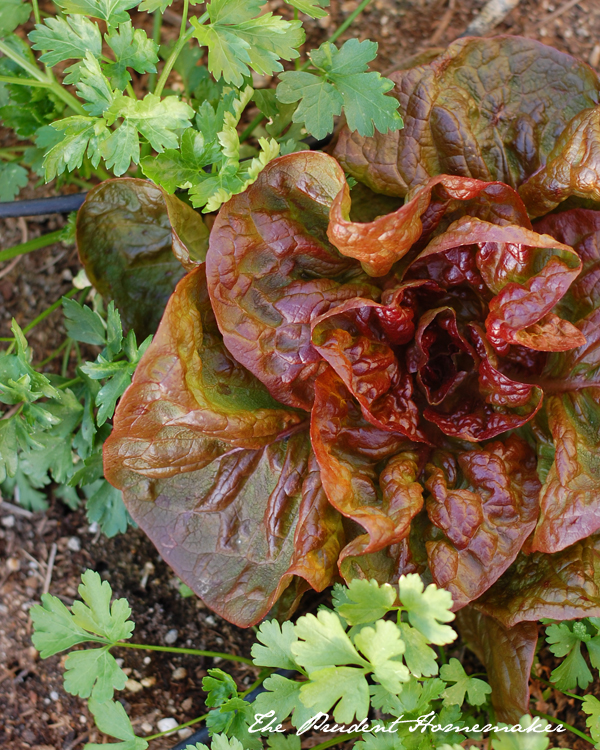
Fall is a great time to plant a garden! All of the wonderful things you want to grow in early spring grow well in fall.
Once temperatures reach freezing, most will overwinter in an unheated greenhouse, under floating row covers, under hoop houses (plastic sheeting over hoops) and cloched under glass or plastic.
Something that has helped me tremendously in having better success with seeds is using a thermometer to gauge soil temperature. Rather than purchasing an expensive soil thermometer, you just need one with a short probe that can go down to at least 40ºF. I’ve found that Walmart carries one that does this for around $6. In general, I’ve found that soil temperatures are about 10ºF cooler than air temperatures, with shady locations being cooler still. (Please note: All temperatures for germination in this article are listed in Fahrenheit).
It is helpful to know your first frost date. If you don’t know it, you’ll first need to know your hardiness zone. For U.S. readers, you can go here to determine your zone, and here to figure out your first and last frost dates. You can then count backwards from there to see when you need to plant, with a little extra time allotted for ripening as temperatures cool and daytime hours become shorter. Choose varieties that will work with the time that you have. For example, some lettuces are ripe in just over a month, but most are closer to 7 weeks before being ready, after germinating. Remember that covering your crops can extend your growth time throughout winter.
Greens:
Add nitrogen (blood meal) to the soil before planting
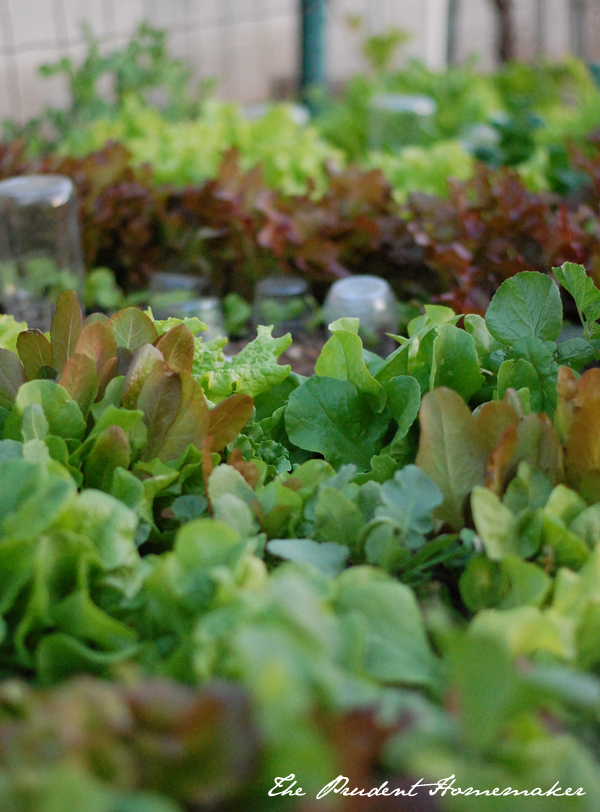
Lettuce
Soil temperature for seeding: 40-75º
Days to Germination: 2-15
Grows best when the air temperature is between 50-75º.
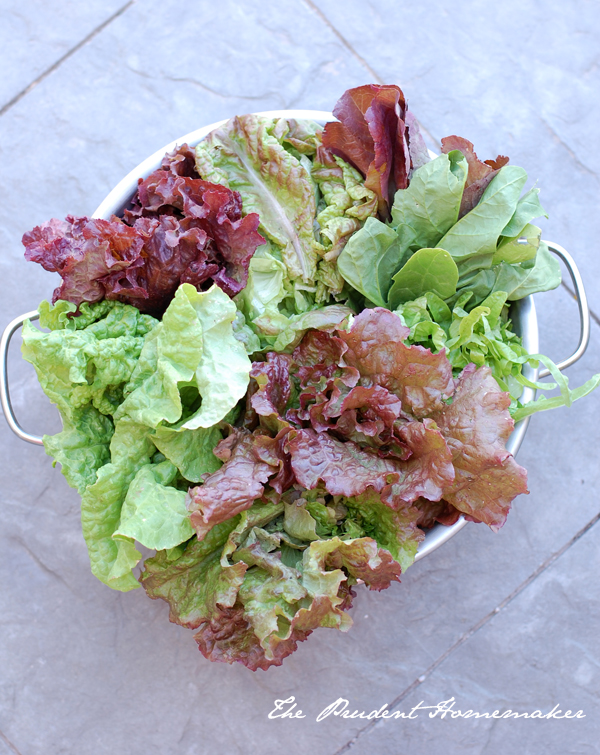
Sow lettuce every three weeks for a continuous crop. Looseleaf lettuces are great for fall and winter planting. You can usually harvest from each plant 3 times. When the weather warms, lettuce will bolt (go to seed) and become bitter.
Some types of lettuce do particularly well in winter, such as Merveille de Quatre Saisons.
Lettuce can be ready in 39 to 55 days, depending on the type you choose.
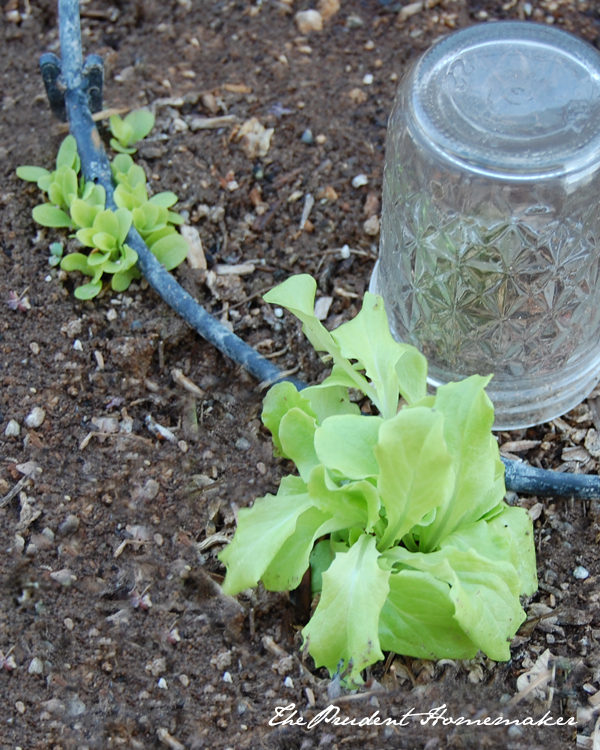
For a spring crop, plant the third week in January. To speed growing time of seedlings during colder times, cloche any seedlings. This will triple their growth rate.
I’ve shared this video earlier, but if you haven’t seen it, it’s worth watching, even if you don’t speak French. This is a great video on planting lettuce for fall and winter and there is a lot to learn just by watching.
Spinach
Soil temperature for seeding: 50-75º
Days to Germination: 6-21
Pick a crop in December, and then let rest until spring with just a few leaves on the plant. You’ll be able to pick again from the same plants as the weather warms a bit more in early spring. Spinach loves cold weather. Some types, such as Bloomsdale Long-Standing, take cold temperatures better than others.
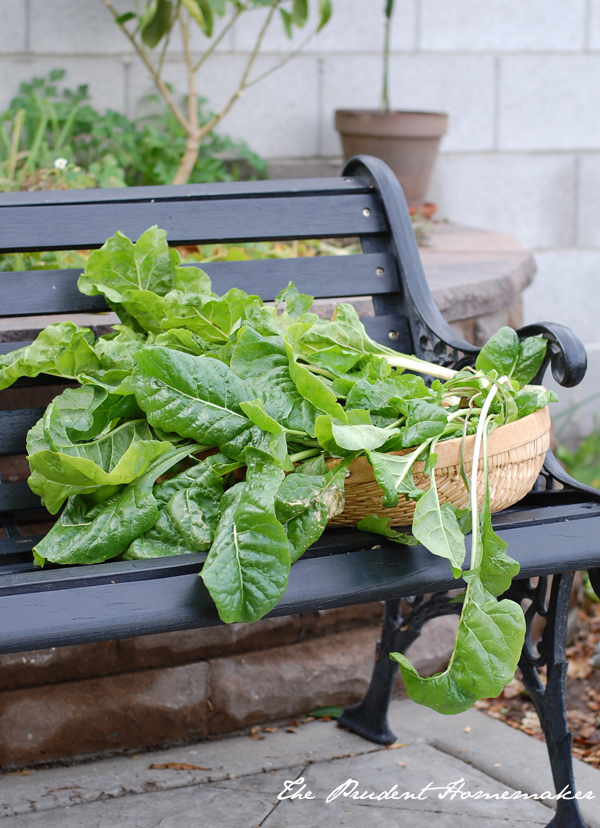
Swiss Chard (Silverbeet)
Soil temperature for seeding: 50-75º
Days to Germination: 5-17
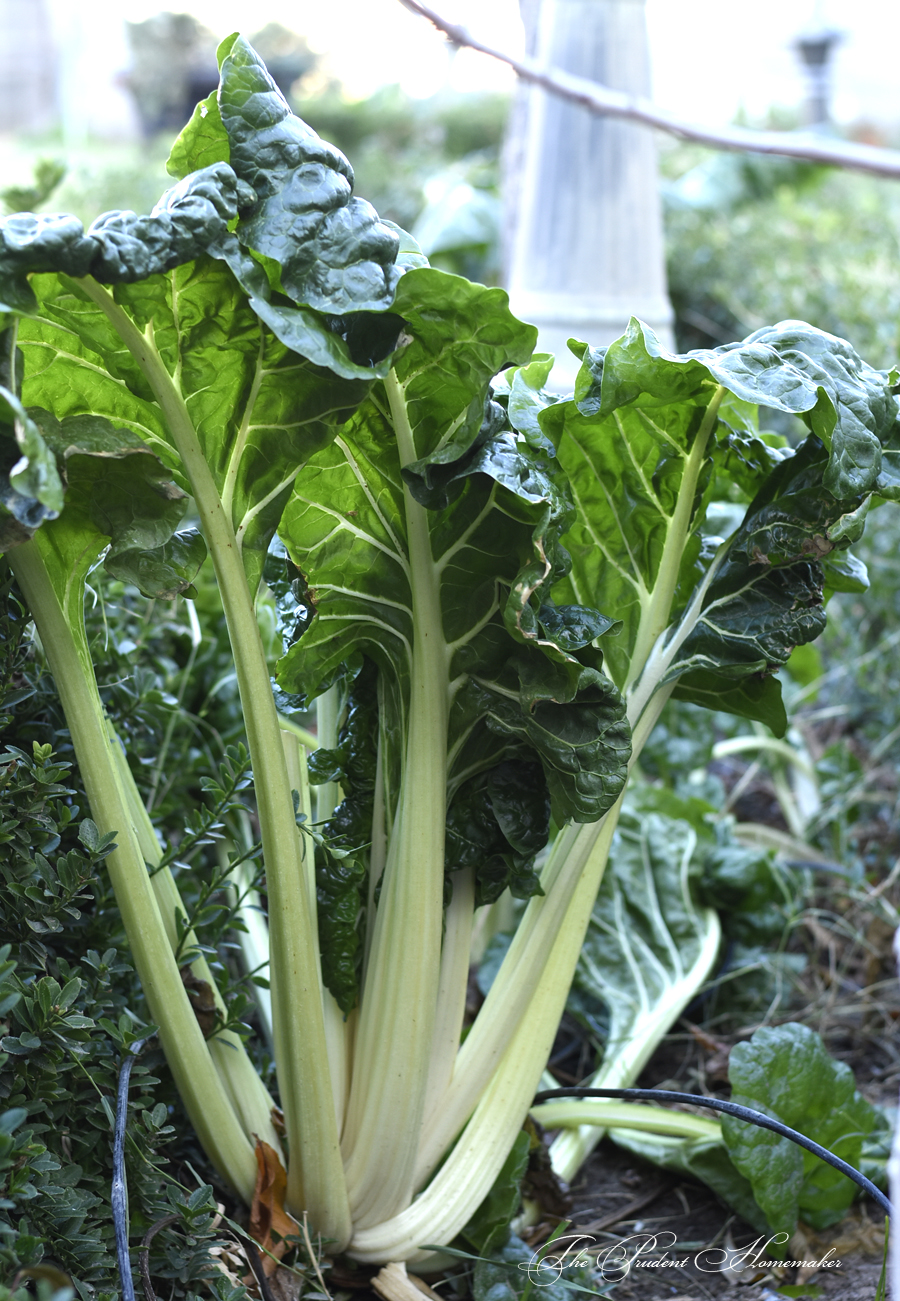
Sow in August and September for winter use. Plants should be mid-sized by fall so that you can harvest throughout the winter. If you plant later, the plants will be smaller. You can still harvest (just not as much). Swiss chard grows more slowly during cold weather. If it dies back in a frost, cut it down to the ground, cover it with glass or plastic, and it will regrow in spring. Swiss chard tolerates temperatures down to 15ºF, uncovered, but may experience some loss at 26ºF.
Swiss chard does not transplant well; however, it can be done in the late evenings in cooler temperatures, but it may not make it.
Swiss chard can tolerate some shade, but will grow slower in shade than in sunny areas.
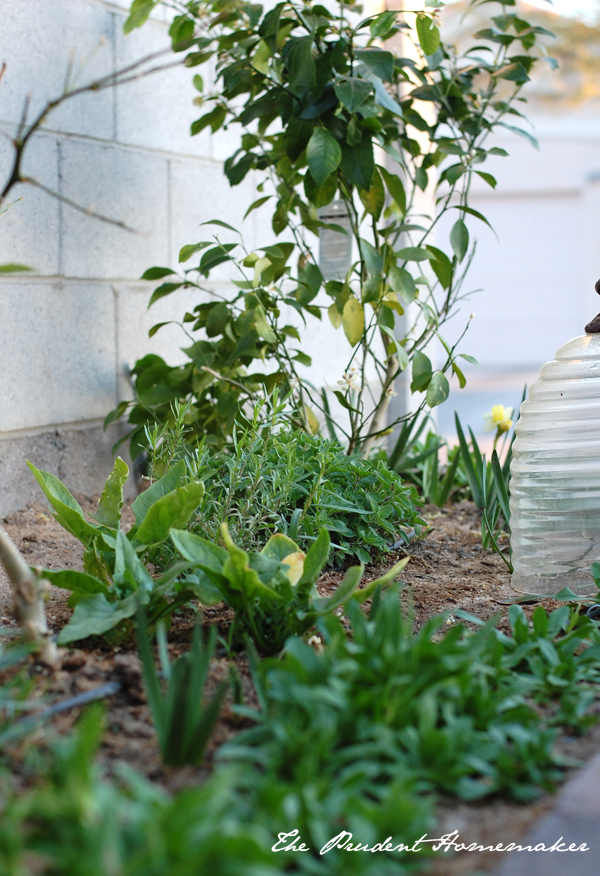 Spinach in background, mâche in foreground
Spinach in background, mâche in foreground
Mâche (aka Corn Salad)
I fell in love with this green in France, where finding it at the grocery store was a common thing fall through spring.
Soil temperature for seeding: 50-75º
Days to Germination: 2-15
This green likes cold weather. It does well planted in fall for a winter crop. Harvest the entire plant.
Arugula (Rocket, Roquette)
Soil temperature for seeding: 50-75º
Days to Germination: 2-15
Alliums:
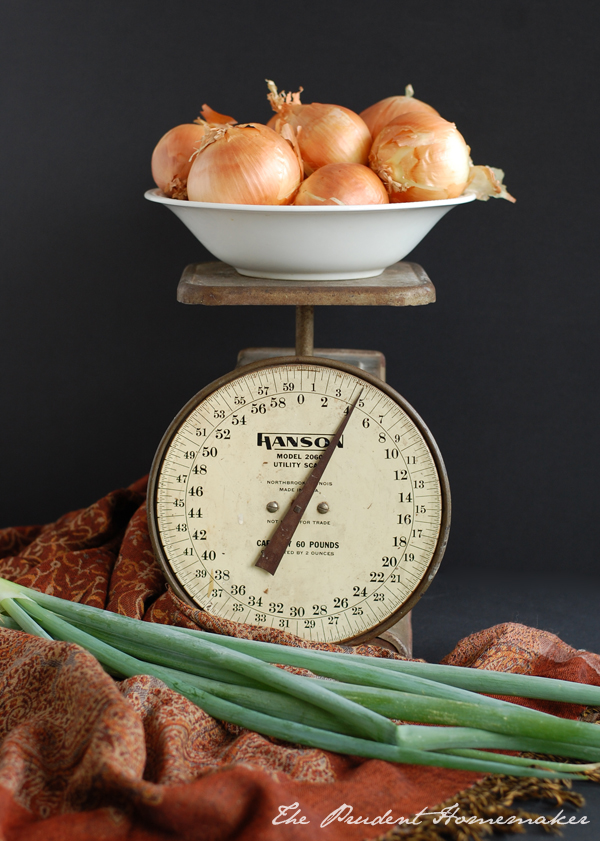
Onions
Soil temperature for seeding: 55-75º
Days to Germination: 6-16
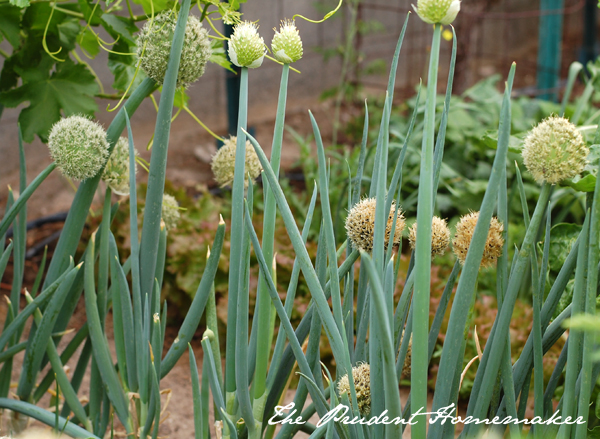
Green bunching onions will grow year round in mild climates without covering, enduring frosts without a problem. For more info on growing green onions, read my post on the subject.
Leeks
Leeks are a cool season plant that can survive the winter uncovered and provide food in spring. Depending on type, they can be ready in 70 to 120 days.
Soil temperature for seeding: 55-75º
Days to Germination: 6-16
Garlic
No matter what climate you live in, you can plant garlic bulbs in fall. Hardneck garlic produces scapes, and softneck garlic stores longer. Fall planted garlic means a spring harvest.
Asian Greens:
Bok Choi, Pak Choi, Chinese cabbage, Mustard Greens
Soil temperature for seeding: 40-75º
Days to Germination: 2-15
Legumes:
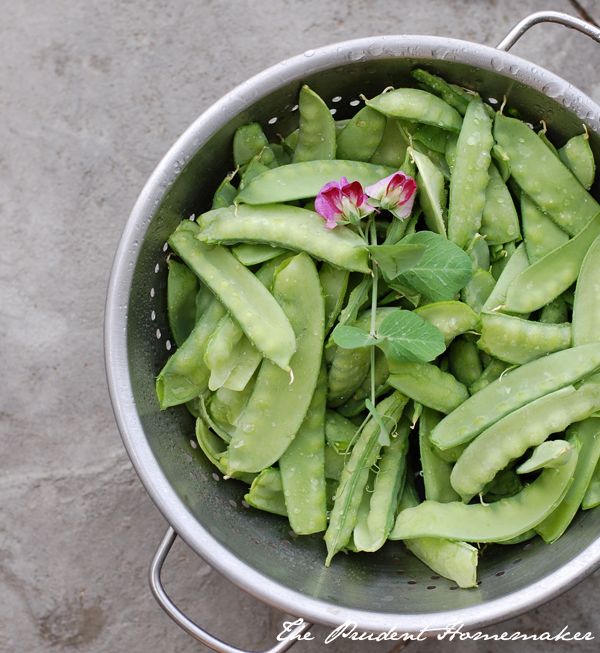
Snow peas and regular peas
Soil temperature for seeding: 40-75º
Days to Germination: 8-25
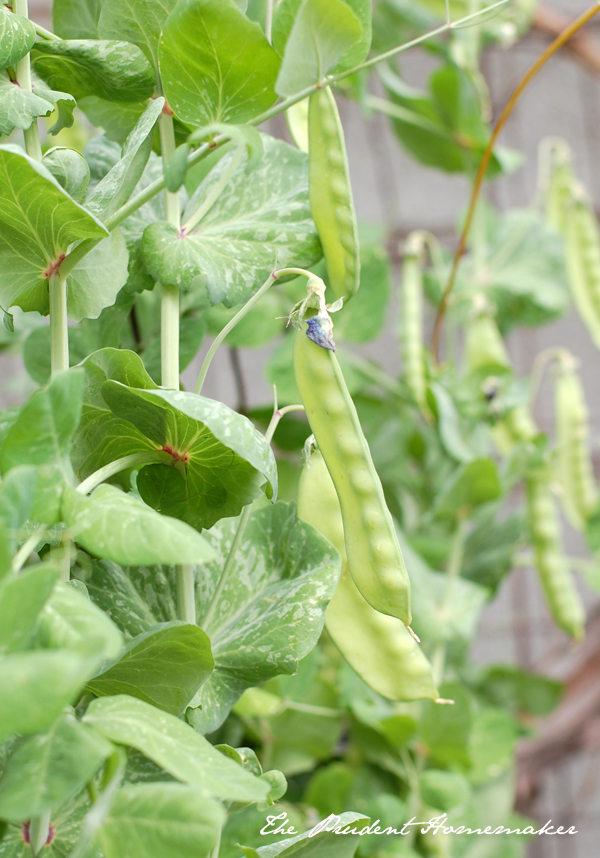
Plant in October/November for February-April harvest.
Fava Beans
Soil temperature for seeding: 60-85º
Days to Germination: 8-15
Root Crops:
Add bone meal and soil sulphur to the garden before planting. In places where the ground freezes, root crops can keep in the garden a bit longer with a covering of mulch. Frost will make many of them sweeter, such as beets and parsnips.
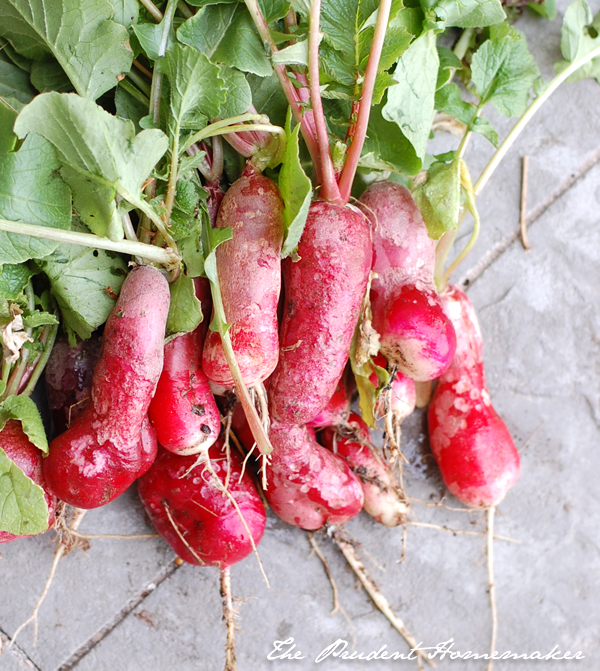
Radishes
Soil temperature for seeding: 45-80º
Days to Germination: 4-11
Plant crops every 2 weeks for a continuous supply
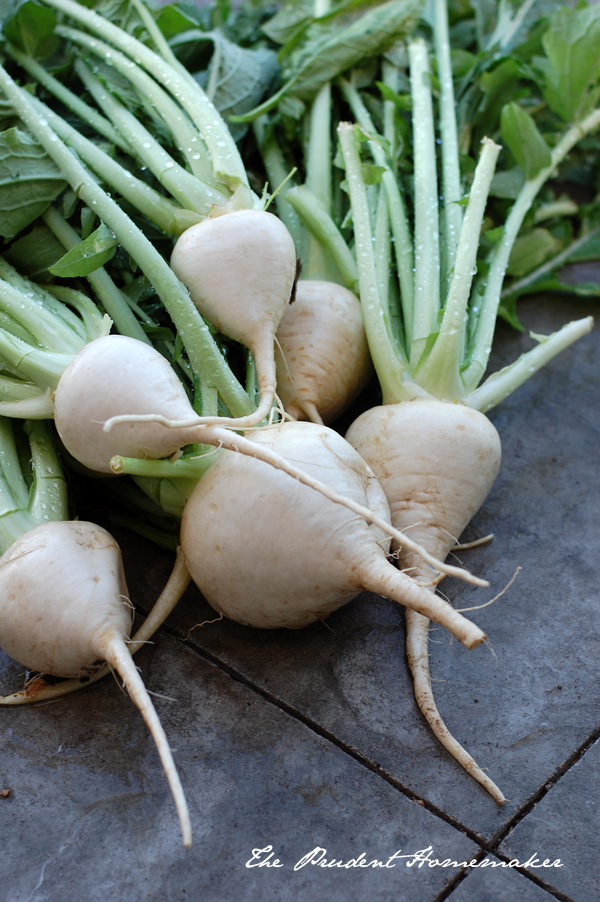
Turnips and Rutabagas
Soil temperature for seeding: 55-75º
Days to Germination: 5-17
Fall sowings mean a January-March harvest. You can sow seeds a few weeks apart for a continuous supply.
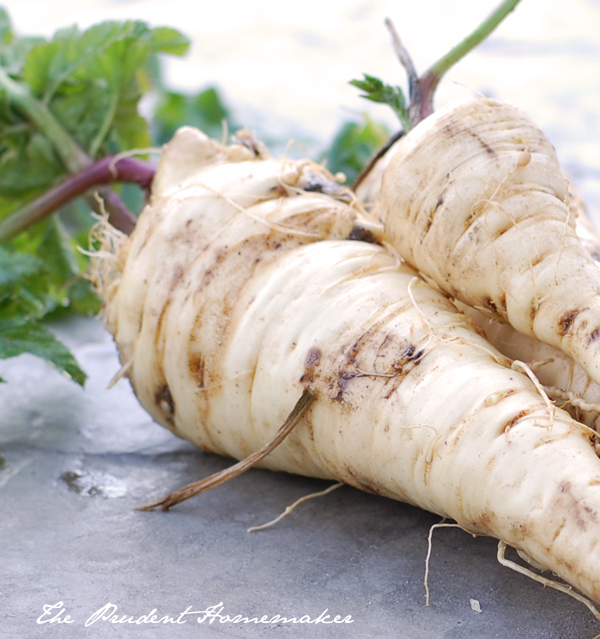
Parsnips
Soil temperature for seeding: 55-75º
Days to Germination: 15-28
Cold improves flavor.
Carrots
Soil temperature for seeding: 55-80º
Days to Germination: 6-21
The biggest challenge is not letting the seeds dry out for three weeks while they are germinating.
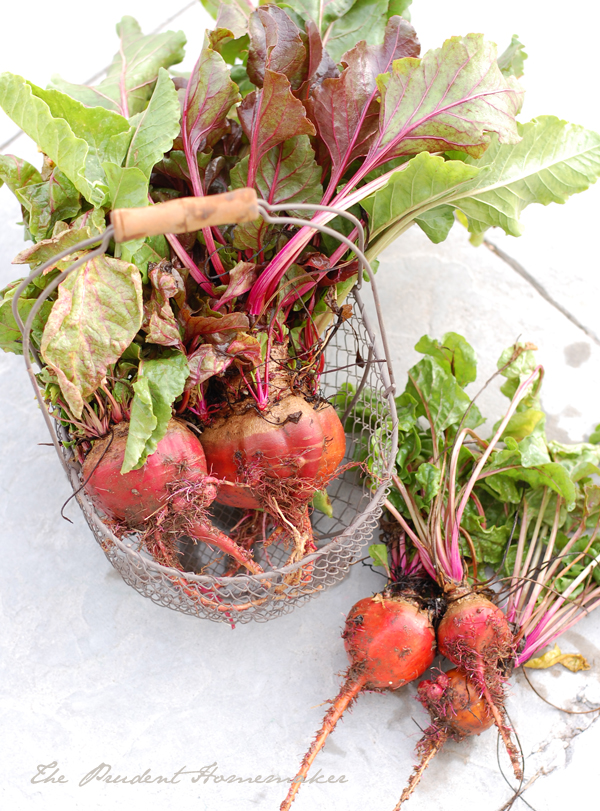
Beets
Soil temperature for seeding: 50-75º
Days to Germination: 5-17
Will grow well throughout the winter. The green tops taste very similar to Swiss chard, but unlike Swiss chard, the greens grow faster and more abundantly during the winter. Plant every 2 weeks for a continuous harvest.
Cole Crops:
Start indoors from seed in mid -August to transplant at the end of October or consider starting with plants from the nursery. You can start another crop indoors later than this to plant in the garden in November (Or try direct seeding in October for a spring crop).
Add nitrogen (blood meal) to the soil before planting
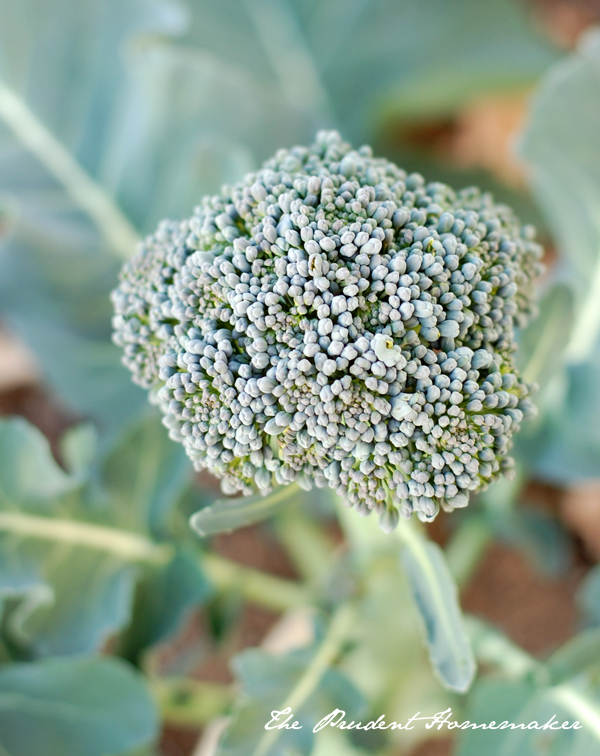
Broccoli
Soil temperature for seeding: 55-75º
Days to Germination: 5-17
Cut the main head and smaller side shoots will form
Cauliflower
Soil temperature for seeding: 55-75º
Days to Germination: 5-17
Put leaves over to keep it white
Kohlrabi
Soil temperature for seeding: 55-75º
Days to Germination: 5-17
Brussels sprouts
Soil temperature for seeding: 55-75º
Days to Germination: 5-17
Pick from the bottom up
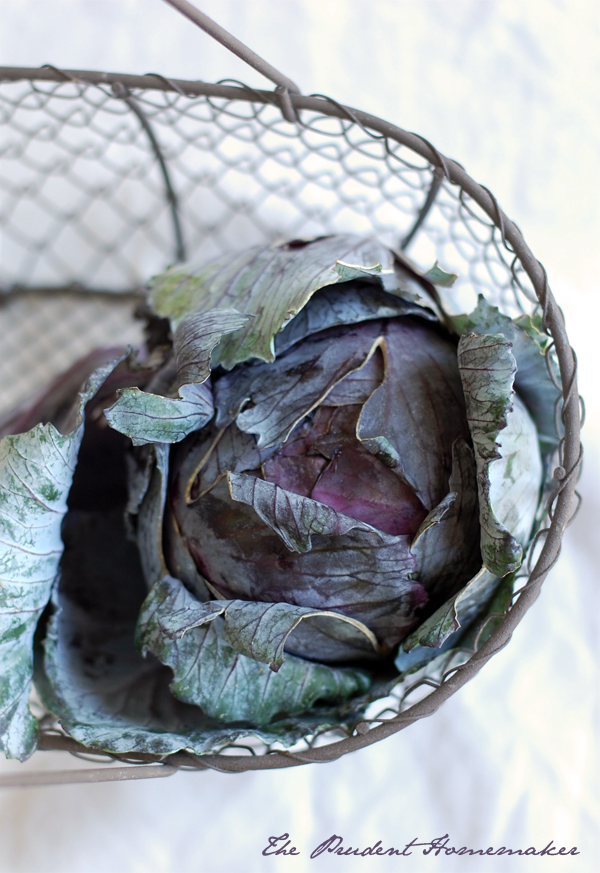
Cabbage
Soil temperature for seeding: 55-75º
Days to Germination: 5-17
Kale
Soil temperature for seeding: 55-75º
Days to Germination: 5-17
Harvest outer (bottom) leaves
Collard Greens
Soil temperature for seeding: 55-75º
Days to Germination: 5-17
Herbs:
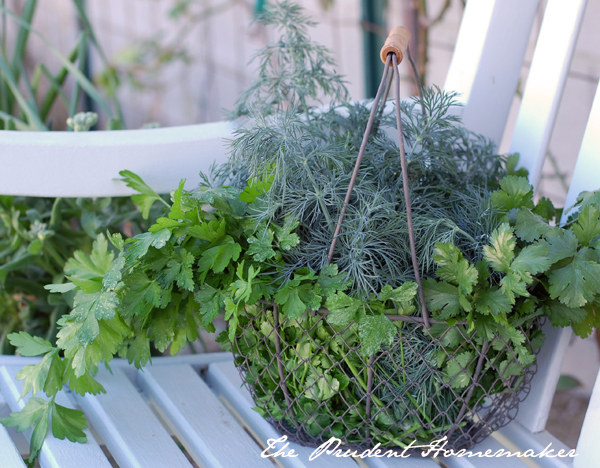
In warm climates, the following herb will do well all fall (parsley can do well under cover in colder climates).
Cilantro
Soil temperature for seeding: 65-75º
Days to Germination: 7-14
Dill
Soil temperature for seeding: 60-75º
Days to Germination: 7-15
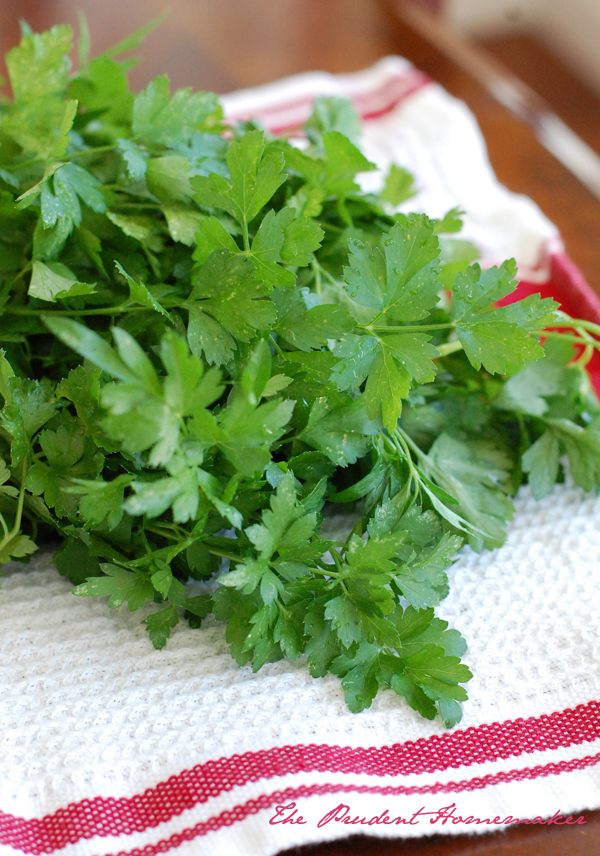
Parsley
Soil temperature for seeding: 50-75º
Days to Germination: 12-28
Will grow in shady areas
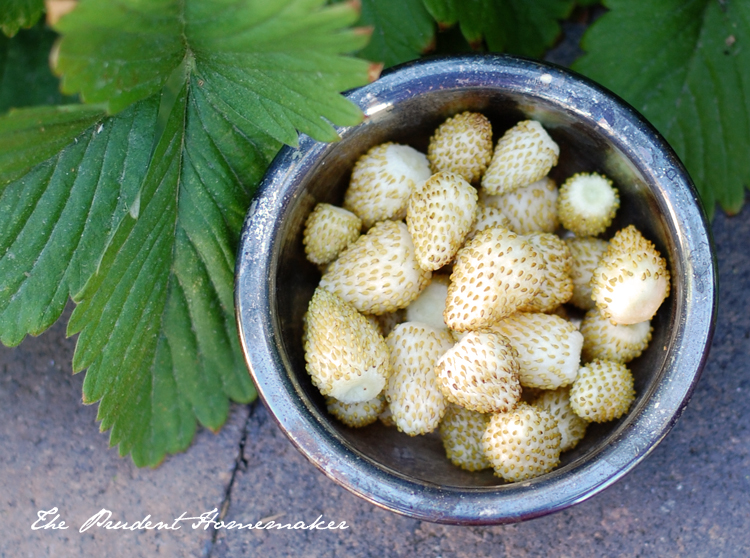
Alpine Strawberries
Soil temperature for seeding: 60-75º
Days to Germination: 14-30
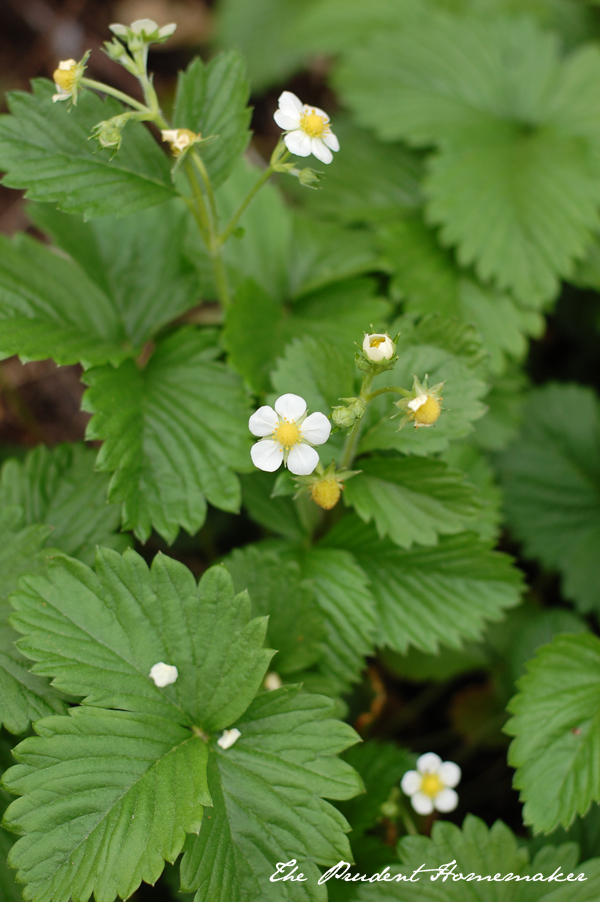
Seeds are surface sown and should be kept moist; the plants prefer a shadier location. They can be white, yellow, or red. In cooler climates these can produce all summer long. These tiny berries (no bigger than your fingernail) are intensely sweet. They grow from seed and do not send out runners.
Flowers:
Fall and winter flowers are available in flats from nurseries as well as big box stores in the fall, and can also be grown from seed.
Pansies, Violas, and Johnny Jump-Ups
Soil temperature for seeding: 60-70º
Days to Germination: 7-14
My first experience with pansies in winter was as a university student. Snow had fallen and the pansies were covered. I thought they were done for the season, but the snow melted and a few days later the pansies were perky and blooming. If you live where snow fall melts, pansies can make it through the winter. In warmer climates, they are best planted in fall, as they prefer cooler weather. Violas are smaller than pansies and johnny jump ups are smaller still.
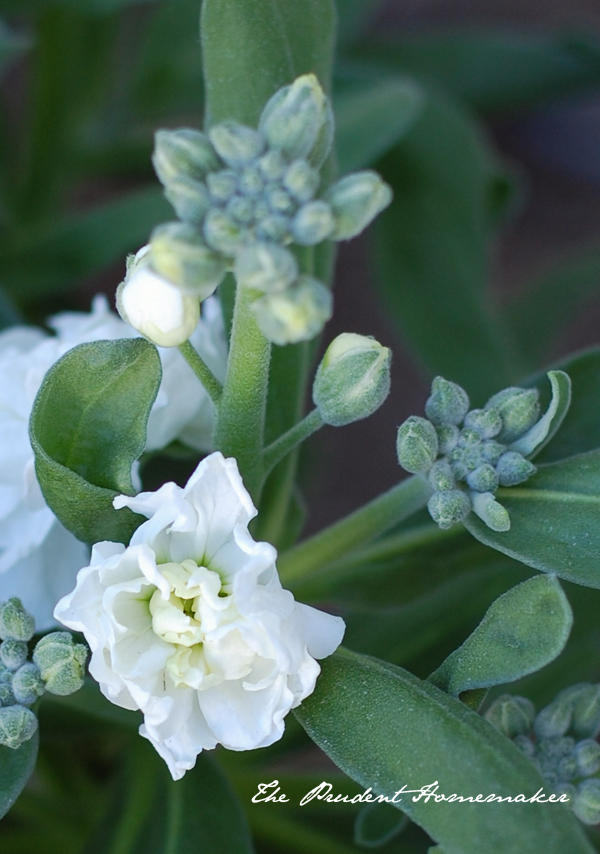
Stock
Soil temperature for seeding: 70º
Days to Germination: 14-28
In warmer climates, stock, another cool-loving flower, will bloom and perfume your garden during the winter. There are both double and single flowered types, and it comes in several colors, including white, blue, pinks, and lavenders.
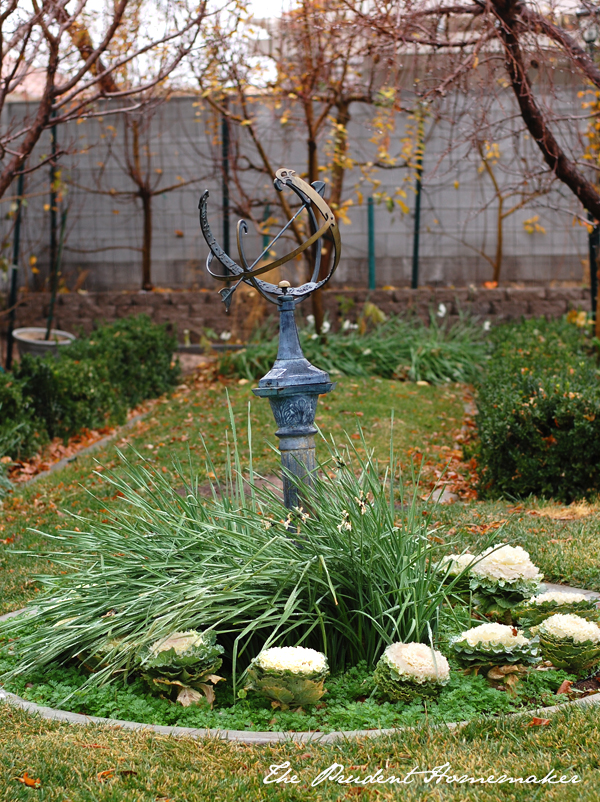
Ornamental Kale and Cabbage
Soil temperature for seeding: 65º
Days to Germination: 7-14
Purple, pink or white centered, as well as white with the very center pink, ornamental kale will winter without covering in most climates. If you want to cut them for indoor bouquets in spring, continuously harvest the lower leaves, which will force the plant to grow taller (giving it a stem for cutting). These are also edible. You can get these from your local nursery or big box store, or grow them from seed.
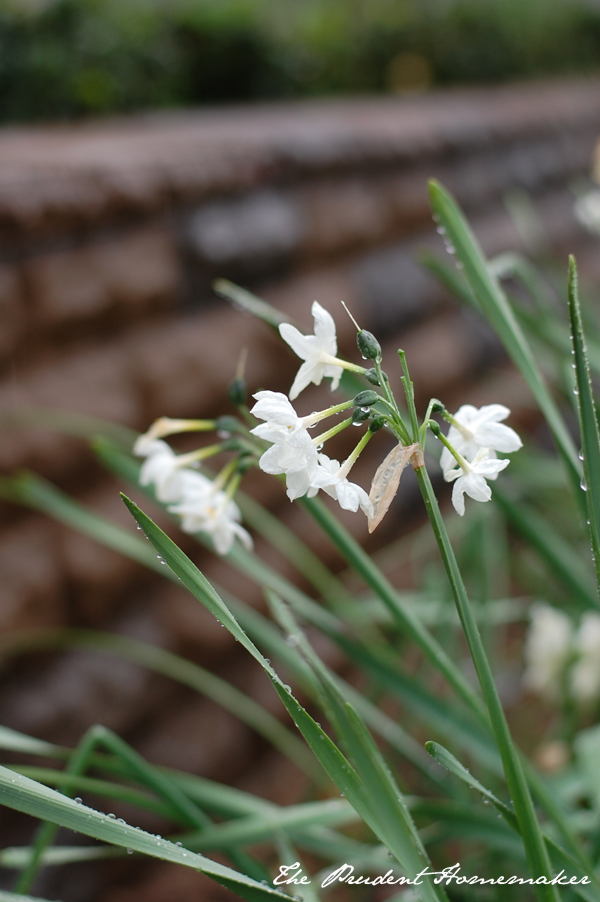
Paperwhites
In cold climates, these bulbs are planted indoors in winter, to bloom at Christmas time. In warmer climates, these can grow outside. Mine bloom every November in the garden. These are highly perfumed; some people love the fragrance, and some hate it.
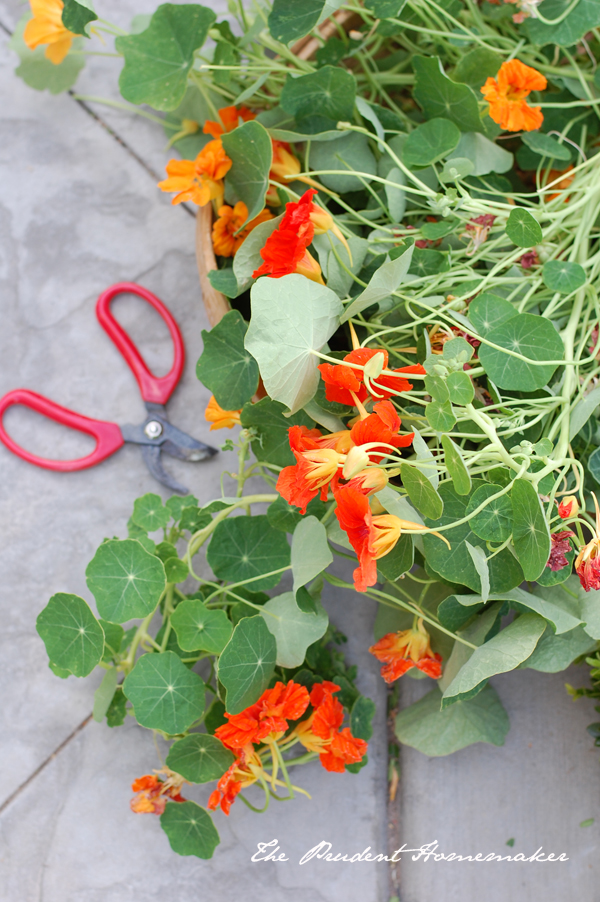
Nasturtiums
Soil temperature for seeding: 68º
Days to Germination: 7-10
These are a summer flower in warm climates but grow rather well in winter in warmer climates, blooming in spring. They love to drop seeds, and you can easily collect them to replant. They will also self-sow. Both the flowers and leaves are edible, with a peppery taste.
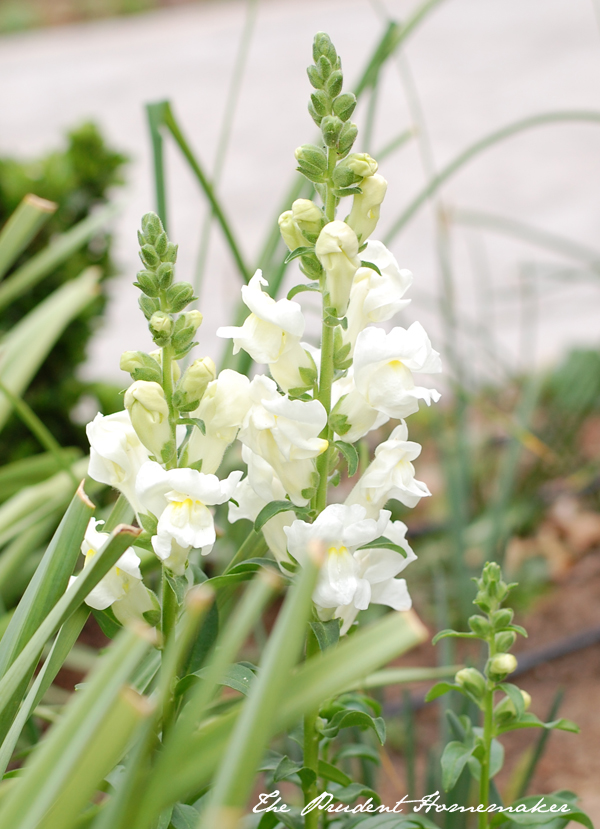
Snapdragons
Soil temperature for seeding: 64-72º
Days to Germination: 10-21
Another summer flower in cool climates, snapdragons are a cool season flower in warmer climates.
Camellias
Start with a potted plant. Camellias are winter bloomers that prefer acidic soil. In hotter climates, they will need to be in a shadier spot, protected from burning by the sun in summer.
Sources:
Because I know you will ask, I’ve included my favorite sources for seeds. I’m not affiliated with these; I just use and like their products.
This is where I’m now buying most of my seeds, as they have a huge selection of open-pollinated seeds. Most everything I grow is open-pollinated, which allows me to collect my own seeds to grow the next year, reducing/eliminating the need for purchasing seeds. They have a whole section of their website devoted to fall and winter gardening. They also have cover crops to plant and till under to nourish your soil. They usually have a discount for fall seed orders; check on their Facebook page or sign up for their catalog on their website.
Packets of 1000 seeds for $4.95? Yes, please! Amounts of seeds will depend on variety, but in general, the quantity is large and the price is good. If you ask on their Facebook page for a discount code, they’ll give you an individual one for 10% off. They have flowers (and you can search by color), alpine strawberry seeds, ornamental kale, herbs, and grass seeds.
For large quantities of wildflowers, such as johnny jump-ups. (Though a summer flower, I also purchase my zinnia seeds from this company). Some seeds are best fall planted; their website and catalog denote which ones are best planted in fall, especially in more mild climates.
I also visit my local nursery, which has fall plants now. They occasionally put out coupons in the mail (usually a $10 off $40 purchase) in addition to seasonal sales.
Don’t forget that fall is a great time to plant fruit trees! You can read my post here: Choosing Fruit Trees For Your Garden
Books for further reading on fall and winter gardening:
Four-Season Harvest: Organic Vegetables from Your Home Garden All Year Long
Also note: You can still buy spring seeds to plant this fall, which may be on clearance at your local stores. Our Walmart also still has their packs of 20 cent seeds available; there aren’t a lot in each packet, but if you’re just planting a pot or a small space, they would be enough.

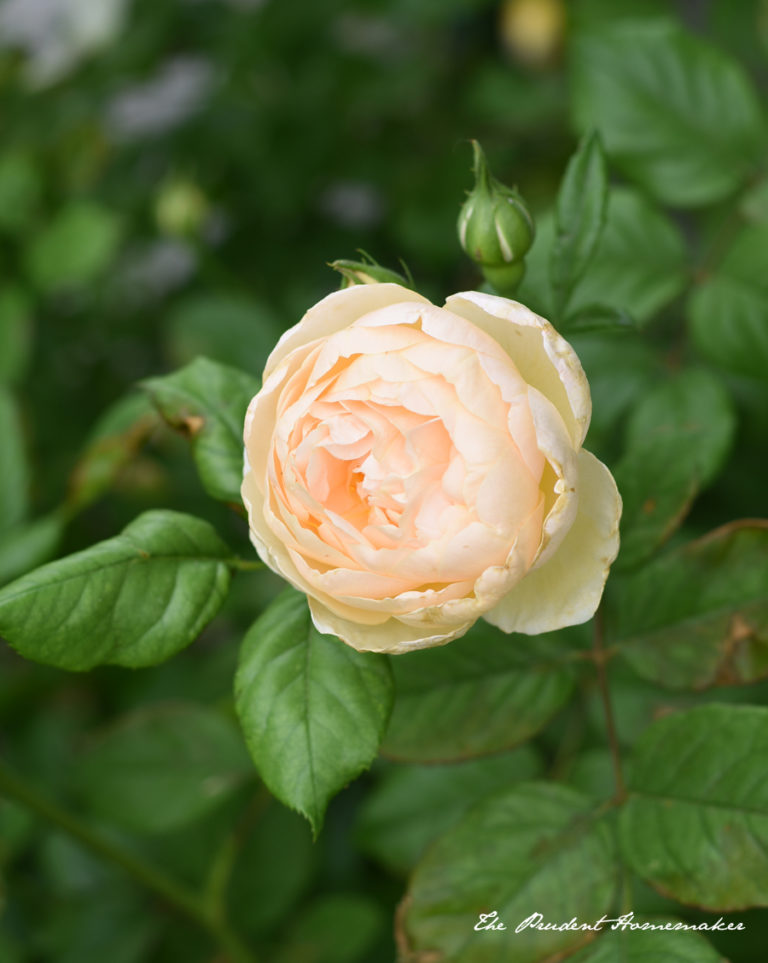

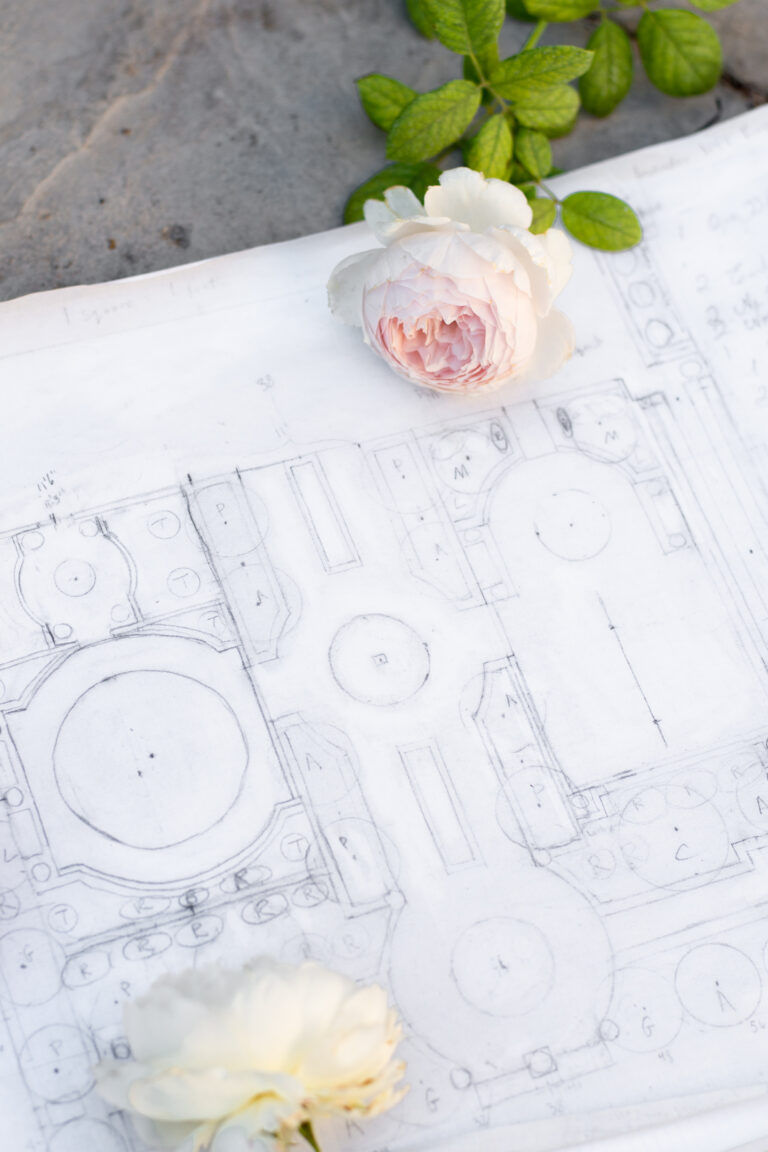
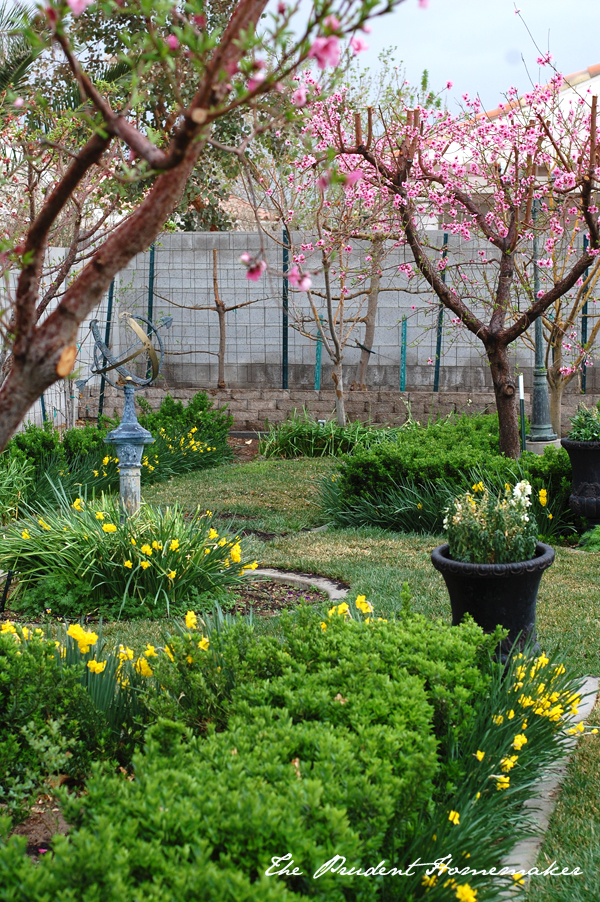
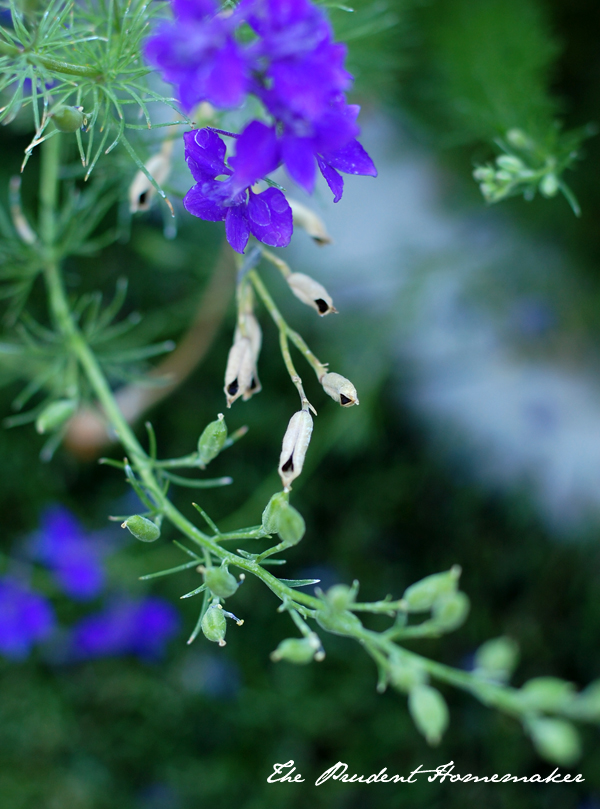
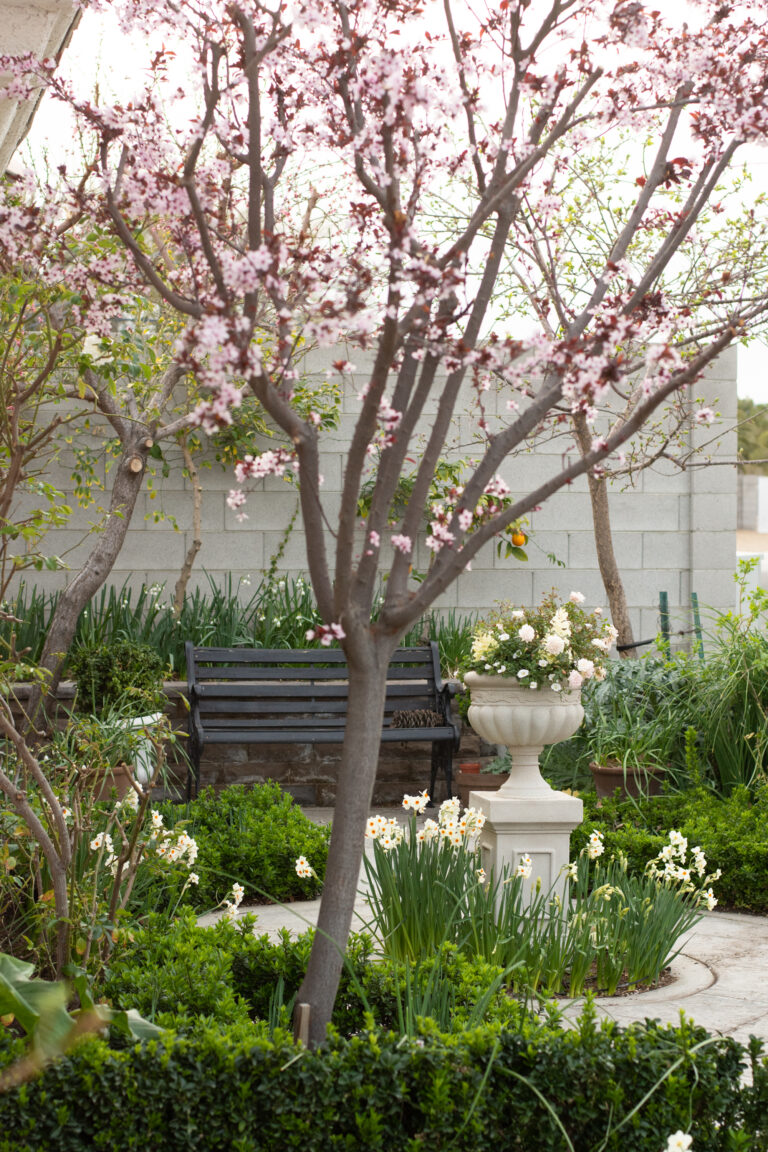
That is great to know about stock and snapdragons, I love them and have them out front.
We are skipping a vegetable garden, we had so many soil problems this summer. Blossom end rot, tiny produce, I think we need to improve our soil. So I’m going to spend the fall doing that. We also have to move an entire raised bed which will be a production.
Wow, there are so many more options for a fall garden than I even realized! Thanks so much for the detailed instructions here. My lettuce bowl sprouted just a couple of days after I planted it. I had forgotten about getting my garlic planted!
Hi Brandy, I love your blog. I always learn so much!
I have a question about a “volunteer” tomato plant that I’ve been babying for months now. At first I thought it was a weed because I didn’t plant any vegetables this year but quickly realized it was a volunteer tomato (obviously re-seeded) from last year. It is flowering but with 100 degree days (zone 8A), do you think I will ever see a tomato this year? What would you do with it.
I would leave it. You may harvest tomatoes green come November but you may get some, depending on the type it might be. Our nursery actually sells tomato plants again in the fall (right now) for fall crops of tomatoes in our weather. Our first frost is labeled as mid-November, but the earliest I’ve seen it is December 5th, and usually a week after that.
I read a tip on planting carrots this spring and it worked great. Once you plant cover the row with a 2×4 until they sprout. It helps keep soil moist. Then raise each end on bricks until carrots touch the board to protect the young plants.
Thanks for sharing that!
This is exactly what I needed to have the courage to try a fall garden. What a fabulous and beautiful post! Thank you so much!!
I am in zone 6b, so my fall garden, what there is of it, is in. I have a fourth planting of lettuce, a third planting of snow peas and a second planting of carrots. I sometime have frost as early as September 15th, even though the table says October 15th. I still am picking a lot of things from my summer garden. Usually tomatoes and corn come in August and September, so we are enjoying those.
Ok this was all I needed to talk me into giving a fall garden a try. Most of my garden is dead now. I think I will try planting the fall garden in just the 5 gallon bucket planters I have. Anybody have any advice for that?
Thank you for this wonderful post!
Such detailed and valuable information.
Your work and precise instructions are much appreciated.
Many thanks.
Parsnips can overwinter in frozen ground. Dig them in spring as soon as the ground thaws. It’s an easy way to preserve them and it’s nice to have something from the garden early in the spring.
This post is a treasure trove of information! I know I will want to refer back to it again and again so I pinned it to my gardening board. I planted swiss chard in August and it’s doing really well. The lettuce I planted, however, was dug up by the squirrels. Thank you for the time and effort you put into your blog and website, Brandy. It is so appreciated.
Such a wonderfully timed post! My husband and I moved to Georgia in July and got to work filling 5 gallon grow bags for our container garden in the townhome we are renting. We will get a small crop of cucumbers, beans and squash, but our real focus is our fall crops. Beets, carrots, broccoli, cauliflower, spinach, romaine lettuce, kale, radishes, onions, and turnips are all starting to pop up and now we are trying to figure out how long to expect them to continue growing and what will keep over the cold months. This post is just what we needed!
As for seeds, we used up the vast majority of our left over seeds from previous years, some as old as 4 years old. We bought almost all of them from Dollar Tree when they were marked down to $.10 a packet. Though those seed packets are great for a small gardens and trying new varieties, we decided to restock our seed supply in bulk to get more seed for our money. We found an online bulk seed supplier, Main Street Seed and Supply, that fit the bill perfectly. Their selection is small but their prices are awesome and they had almost every open pollinated variety we are growing. For example, we got 2400 scarlet nantes carrot seeds and 1200 bloomsdale spinach seeds for 1.95 each. We placed a $50 order and received free shipping. We now have enough seed for a couple of years of planting in our current size garden with extra to share.
Anyway, thank you for sharing your knowledge and giving like minded people a place to share ideas and information.
What a wonderful post! Brandy, thanks to your earlier urging I did plant a fall garden. So far I have planted beets, spinach, lettuce, arugula, onions, kale, broccoli, and snow peas. We are still harvesting tomatoes, basil, cukes, strawberries (I have alpine as well as everbearing red), thyme, lemon balm, okra, chives, Rosemary, and nasturtium. I have leeks growing but will leave them in this fall to get bigger. As we clear the spaces where the tomato vines are, spent bean vines, and so forth I plan to sow additional lettuce, kale, spinach, beets, and turnips. I’m also considering planting regular peas and trying Swiss chard again which didn’t do well for me this summer. We live in East Tenessee and I do the square foot gardening method. You have given me some other ideas and helpful growing information here that I really appreciate! Thanks!
I did that one year with extra recycle containers we have. I just filled 3/4 with potting mix and some compost, watered well. One I planted spinach, another carrots and the third beets. I live in PA, and with the exception of a few coverings I was harvesting until early January. I don’t have the proper things to cover with (at the time it was just an old bed sheet).
Yes! Thank you for your posts and urging.
I had lettuce that self seeded and grew this spring, I let some go to seed again and just sprinkled the seeds. I am hoping it will grow this fall. I planted spinach, more lettuce, radishes and was sad to realize I was down to 3 beet seeds. I did plant those. My swiss chard is thriving – I do want to get a cloche or a window house for it, but this year might have to settle for an ugly recycle bin (I don’t mind, but the neighbors might) to keep her covered on the frost days.
It is easier to bring my herbs inside for the winter.
My Territorial Seed order should arrive today – so excited to get a few more things planted (more beets!) this weekend.
We are attempting gardening for the first time this fall! We are doing a container garden so we are not expecting a huge harvest….more like just getting our feet wet and learning the ropes.
We live is southwest Missouri and we have planted:
Spinach
Lettuce
Carrots
Radishes
Turnips
Cabbage
Broccoli
Cauliflower and
Wax Beans
We are already learning about the pests we have to deal with in this area….we are just hoping to harvest SOMETHING during this learning process. I really appreciate you posting some of the soil amendments that help some of these vegetables flourish, thank you!
Thank you for all of the detailed information! You photos are, as always, just beautiful.
Brandy, Thank you so much for this post. Such a wealth of information and so much appreciated. 🙂 If I may ask, how do you sow your lettuce seeds? In the first picture they look perfectly lined up. When I sow my seed, mine get all mixed up and grow too close together. Do you plant one seed (or one kind of seed) a a time? They look beautiful. Sincerely, Cindy Norred
Cindy,
You need to thin your seeds. Some people just throw them out. I don’t like to waste them, so I transplant them in the evening (they do better in the evening) to where I want them to be in the garden. If you watch the French video I referenced above, you can watch him do it–he actually let them get get quite tall before he transplanted them but you can do it sooner. The way he does it, you can wait until you have a bigger spot open in the garden (where summer items are done) and plant there.
Volunteer tomatoes can carry diseases from the year before so if you had any problems with blight I would get rid of it.
I would like to reaffirm those readers who live in much colder zones that even we can grow a great fall garden. I live in upstate NY boarder line 5a/4b.
I am able to get a spring crop of peas in late june/early july and a fall crop in september. I have also planted a late crop of beans after my first crop of peas for fresh beans in the late fall when the other beans are giving up. I have picked radishes and carrots in late october. I have put coverings over my pepper plants to allow smaller a peppers a chance to get bigger while protecting them from frost through out september (sometime in october/november the winds&snow falls get too much for our lightweight coverings to hold up). I have planted late lettuce and spinach with great success. I am sure one can grow much more, but this is what I have experiment with so far. I’ll see how my experiments do this fall.
September is also a great month because those long, long season crops our finally ripening. My melons that I planted in May are finally ripening!
In terms of berries, ever bearing strawberries and raspberries ripen throughout the summer well into fall. Late bearing blueberry varieties give fruit in September. Cranberries also ripen in September.
I think the best rule for gardening in the north is to *always* have a crop growing during your growing season. For me from April to October I have something growing whether it is with the purpose of giving me food, or a cover crop to suppress weeds and give nutrients back to the soil.
Thank you for such great, through information. I have never planted a fall garden but many spring/summer gardens so this will be a nice guide. Serendipitously, today I noticed a great chart on the Old Farmer’s Almanac that I thought I might mention (although you may have already seen it). It is a chart of best planting times for your zone http://m.almanac.com/gardening/planting-dates/CA/Danville . (You just need to plug in your city or zip code to customize the info) I am never sure when to start seeds or plant things out, especially in the fall. This is a great graph that lists seed starting, planting out and harvest times for many vegetables by geography. There is also another geographical chart for those who want to plant by the moon.
I silently enjoy your blog quite often and I am always inspired especially by your energy and perseverance, your beautiful gardens and your time honored way of doing things. Thanks for being there!